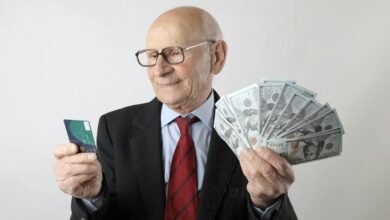Snapinista: A Influência das Imagens no Direito

The integration of imagery in legal contexts offers a unique avenue for enhancing argumentation. Visual storytelling can evoke emotional responses, making complex legal narratives more accessible. Case studies reveal significant impacts on jury decisions when compelling visuals are employed. As courtroom technology advances, the role of visual advocacy becomes increasingly critical. This raises questions about the future implications for legal practice and the evolving standards of persuasion in the courtroom.
The Power of Visual Storytelling in Legal Contexts
While legal arguments have traditionally relied on textual evidence and verbal persuasion, the integration of visual storytelling has emerged as a powerful tool in legal contexts.
This method enhances visual persuasion, enabling jurors to grasp complex narratives more effectively. The narrative impact of imagery can evoke emotional responses, making the evidence more relatable and memorable, thus potentially influencing verdicts in profound ways.
Case Studies: Successful Use of Imagery in Courtrooms
As legal practitioners increasingly recognize the efficacy of visual elements, numerous case studies illustrate the successful integration of imagery in courtroom settings.
Notably, the use of photographic evidence has enhanced courtroom presentations, providing juries with compelling visual context.
Such strategic applications have resulted in favorable verdicts, demonstrating that well-curated imagery can significantly influence judicial outcomes and enhance the persuasiveness of legal arguments.
The Future of Visual Advocacy in the Legal Profession
The integration of visual elements in courtroom presentations has not only yielded favorable outcomes in specific cases but also signals a broader shift towards visual advocacy in the legal profession.
As digital presentation techniques evolve, courtroom technology increasingly facilitates the use of compelling imagery. This trend underscores the necessity for legal practitioners to adapt, enhancing their arguments through visual storytelling to resonate more profoundly with juries and judges.
Conclusion
In conclusion, the integration of imagery in legal contexts emerges as a pivotal strategy, akin to a well-tuned instrument enhancing a symphony. The effectiveness of visual storytelling not only engages jurors but also solidifies arguments, shaping perceptions and influencing verdicts. As courtroom technology advances, the role of visual advocacy is set to expand, promising a more compelling and memorable legal discourse. Legal practitioners who embrace this evolution are likely to find a significant advantage in their persuasive efforts.




